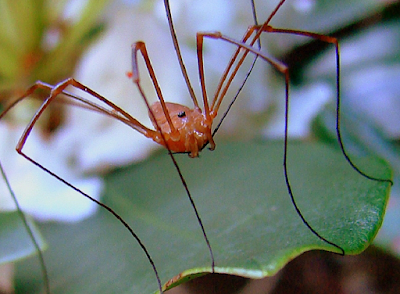It's been about a month since we first found our monarch caterpillars in the back yard, and a couple of weeks since we released the butterflies back into the wild.
What an exciting experience it was to watch the caterpillars eat voraciously as they prepared to enter their pupa stage and then observe each day as we waited for them to emerge from their chrysalis.
After the butterfly emerged, late in the evening while we were out of the house, we gave it time to rest in the terrarium overnight.
The next day, we carefully transferred the butterfly to a portable carrier, being as gentle as possible so we wouldn't harm it or disturb the other caterpillar, still in its chrysalis in the terrarium.
Then we took the butterfly to my parents' house so that when it was released, it would be in the middle of a flower garden with lots of blooms, a perfect place to prepare for its long journey south.
The second butterfly emerged a couple of days later, apparently in the wee hours of the night. We went to bed and awoke the next morning to find it hanging from its chrysalis, gently turning back and forth.
We didn't disturb it for several hours, giving it plenty of time for its wings to dry before moving it to the carrier so we could release it in the garden. It flew up into a tree and sat there in the afternoon sun, fanning its wings.
We were able to tell by the markings that both of the monarch butterflies we raised were male. You can read more about determining the sex of a monarch butterfly here.
By now, I am sure our butterflies are well on their way to their southern destination. We hope that their journeys are safe and that their offspring return to our area for many years to come.











